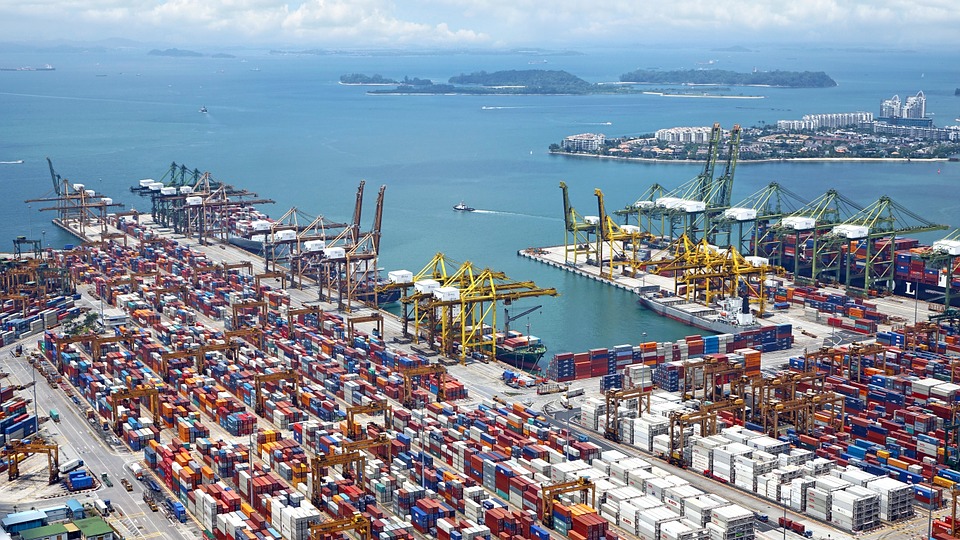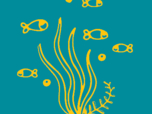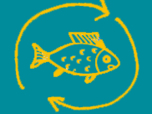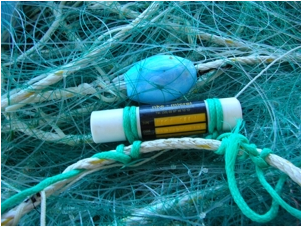IFREMER SIH
Type of resources
Available actions
Topics
Keywords
Contact for the resource
Provided by
Years
Representation types
Update frequencies
status
Scale
-

World list of seaports. In its 2021 version, the repository includes 13709 ports for 187 countries. The list of seaports has been drawn up on the basis of the information available in the European reference system of places used in the framework of the Common Fisheries Policy and, more particularly, by the Electronic Recording and Reporting System (ERS), the list of ports identified by the UNECE (2021-1). An assessment of the infrastructures present along the coastline made it possible to identify other ports that were not listed. Each geographical position has been verified with Google Earth in WGS84. Each port is associated with information relating to the country (ISO 3 coding), the UNECE or ERS 5-character coding, the name, the geographical position in WGS84 (latitude and longitude), the status of the port indicating whether it is referenced by Unece (UNECE), by the EU/ERS (ERS) or by both (UNECE/ERS) In case the port is not referenced by UNECE or ERS, the status is N/A. For French ports, the reference system integrates the ports of the French overseas departments and territories with the national codification. Inland ports have also been integrated in 2021.
-
Avant le 1er janvier 2016, la France comptait 27 régions : - 22 régions en France métropolitaine (en comptant la Corse). - 5 régions d'outre mer : la Guadeloupe, la Martinique, la Guyane, la Réunion et Mayotte (depuis 2011). Bien qu'obsolète, ce référentiel est conservé dans le Système d'Informations Halieutiques pour les données historiques.
-

L'observation des écosystèmes par le Système d'Informations Halieutiques (SIH) de l'Ifremer repose sur un réseau de campagnes en mer. Elle vise à évaluer l’état des stocks des différentes espèces pêchées en France et en Europe. Elle permet aussi de caractériser l'écosystème marin dans lequel évoluent les peuplements. 23 campagnes scientifiques ont lieu chaque année en mer, permettant de collecter des données depuis plus de 30 ans pour les plus anciennes. Grâce à l’utilisation d’engins de pêche standardisés, les données acquises ainsi chaque année à bord de navires scientifiques ou des bateaux de pêche professionnels contribuent au calcul de l’indice d’abondance, avec des milliers de poissons prélevés lors de chalutages minutés. Les poissons sont mesurés et leur âge est évalué grâce à la mesure de leurs otolithes (petits os situés dans l’oreille interne du poisson).
-

Le référentiel des lieux du Système d’Informations Halieutiques est divisé en 3 catégories : les lieux à terre, les zones en mer et les zones réglementaires en mer. Chacune d’elle est organisée hiérarchiquement. Il existe 93 niveaux de lieux dans Harmonie : une fiche de métadonnées existe pour chacun d’entre eux avec, lorsqu’elle existe, une couche géographique.
-

Les données "Ventes" du flux déclaratif contiennent essentiellement des données de ventes en criée ainsi que quelques données non exhaustives de ventes hors-criée.
-

Les données de "Marées" du flux déclaratif correspondent aux données de captures et d'effort de pêche déclarées par les professionnels dans les journaux de bord (log-books) pour les navires dont la longueur hors-tout est supérieure ou égale à 10 mètres, et les fiches de pêche pour les navires dont la longueur hors-tout est inférieure à 10 mètres.
-

Le programme national pluridisciplinaire RECOPESCA est une collaboration entre pêcheurs volontaires et scientifiques pour la collecte automatisée de données environnementales physiques et halieutiques géolocalisées du domaine côtier. Le principe consiste à installer des capteurs sur les engins mesurant les paramètres environnementaux, depuis la surface jusqu'au fond, et à enregistrer des données fines sur l’activité et l'effort de pêche. Les données acquises alimentent les bases de données de l’océanographie côtière opérationnelle (volet côtier de Coriolis) et halieutique du SIH (Harmonie). Le programme répond ainsi à la fois à des problématiques de recherche (physique et halieutique), de mise en œuvre de l’approche écosystémique des pêches, d’appui aux politiques publiques (DCSMM, DCF, CMEMS) et d’innovation de l’Ifremer dans le domaine côtier.
-

Le référentiel des engins du Système d’Informations Halieutiques comprend d’une part, les engins de pêche de la FAO enrichi avec des spécificités nationales, et d’autre part les engins de prélèvement utilisés au cours des campagnes halieutiques menées par l’Ifremer et ses partenaires.
-

Un métier dans le Système d’Informations Halieutiques est une pratique de pêche définie par un engin de pêche et une espèce cible. Ils sont utilisés à des fins statistiques afin d’évaluer les stratégies et les efforts de pêche.
-

Le référentiel des PSFM du Système d’Informations Halieutiques correspond à la combinaison de Paramètres, Supports, Fractions, Méthodes et Unités. Il permet la saisie, la bancarisation et la restitution de variables. Il est associé à de nombreux autres référentiels : espèces, engins, …
 Catalogue PIGMA
Catalogue PIGMA